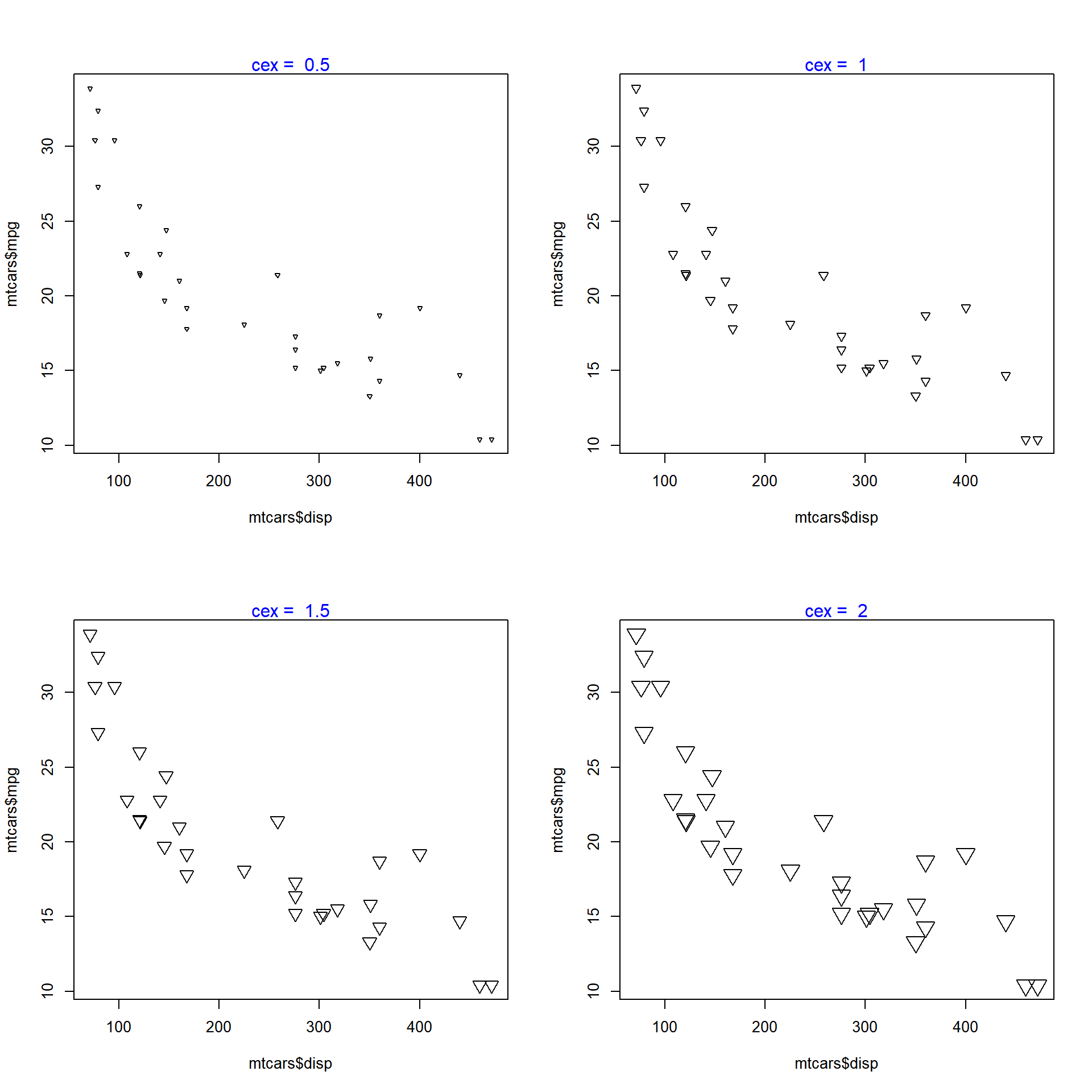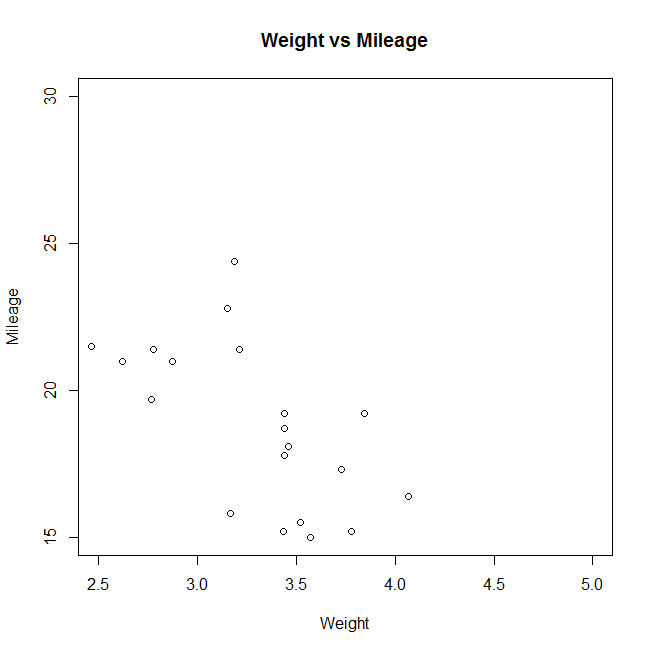

You could have a geom_bar() for data1 and a geom_point() for data2 if you wanted to! If for some reason you wanted to plot error bars from data1 and data points from data2, you could do that also.

Note that you can plot with multiple datasets for any other geom element too. This is because the first argument for many of the geom functions is the aesthetic mapping by default. For example, both of these individual value plots illustrate the. Within each geom element, you specify the name of the dataset with the argument label data =. You can divide an existing graph into separate panels for each level of a categorical variable. Again, the x and y values must be the same ( clarity and m). This dataset’s values are derived from the mean (average) price of diamonds for each clarity and cut category. The data from the dataset called data2 is colored in black. This data’s values calculate the mean (average) price of diamonds for each clarity (simply execute data1 or View(data1) to view the data). In the above example, the data from the dataset called data1 is colored in blue for distinction. # graphing data points from 2 different datasets on one graph ggplot() + geom_point( data = data1, aes( x = clarity, y = m), color = "blue") + # must include argument label "data" geom_point( data = data2, aes( x = clarity, y = m)) Scatter plots are dispersion graphs built to represent the data points of variables (generally two, but can also be three). all scatterplot points or a list of markers with a length the same as the. Let’s see an example: # creating dataset #1ĭata1 % group_by(clarity) %>% summarize( m = mean(price))ĭata2 % group_by(clarity, cut) %>% summarize( m = mean(price)) for the rows and columns of the figure i.e. One final note is that geom elements ( geom_point(), geom_line(), etc.) can plot data from two (or more) different datasets. Plotting multiple timeseries requires that you have your data in dataframe format, in which one of the columns is.

Step 2: Overlay Second Plot Consider the following example data: x2 <- runif (200, -1, 2) Uniformly distributed x2 y2.
#PLOT ON SAME GRAPH R HOW TO#
You can review how to customize all the available arguments in our tutorial about creating plots in R.Ĭonsider the model Y = 2 + 3X^2 + \varepsilon, being Y the dependent variable, X the independent variable and \varepsilon an error term, such that X \sim U(0, 1) and \varepsilon \sim N(0, 0.25). Resize Plot In R Markdown- add it to your R Markdown document in the inline r code. The doubleYScale () function of the latticeExtra package can take 2 outputs of the xyplot () function to build a dual Y axis line chart. You can also specify the character symbol of the data points or even the color among other graphical parameters. These parameters are useful if you want all or most of your graphs to have the same look, vertex. Passing these parameters, the plot function will create a scatter diagram by default. , general parameters like layout are prefixed with plot. You can create scatter plot in R with the plot function, specifying the x values in the first argument and the y values in the second, being x and y numeric vectors of the same length.

#PLOT ON SAME GRAPH R SERIES#


 0 kommentar(er)
0 kommentar(er)
